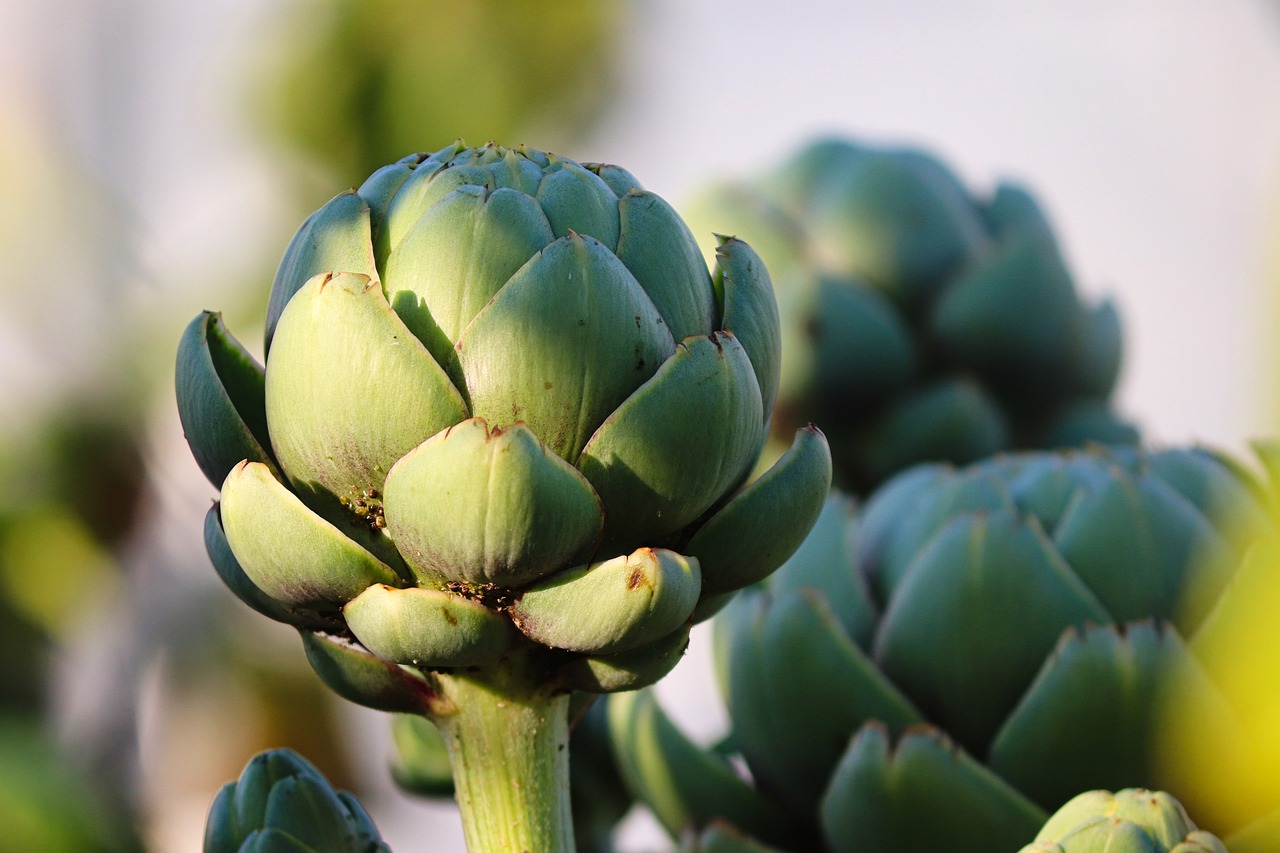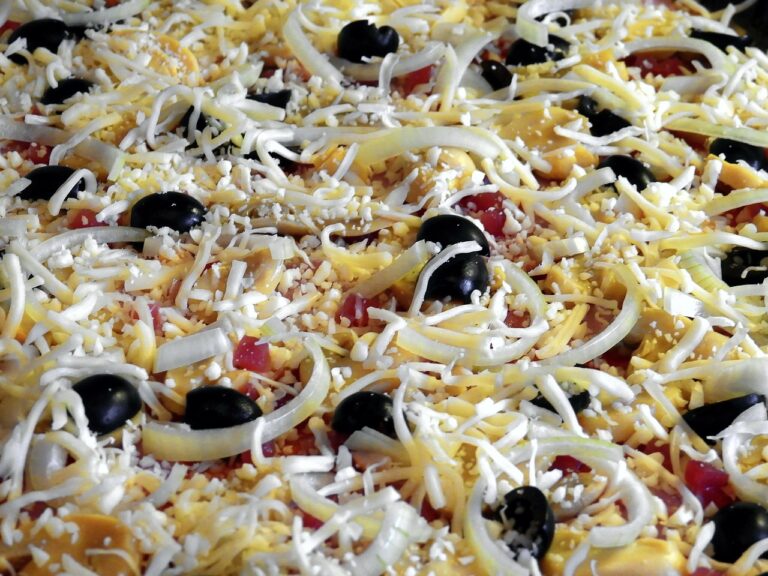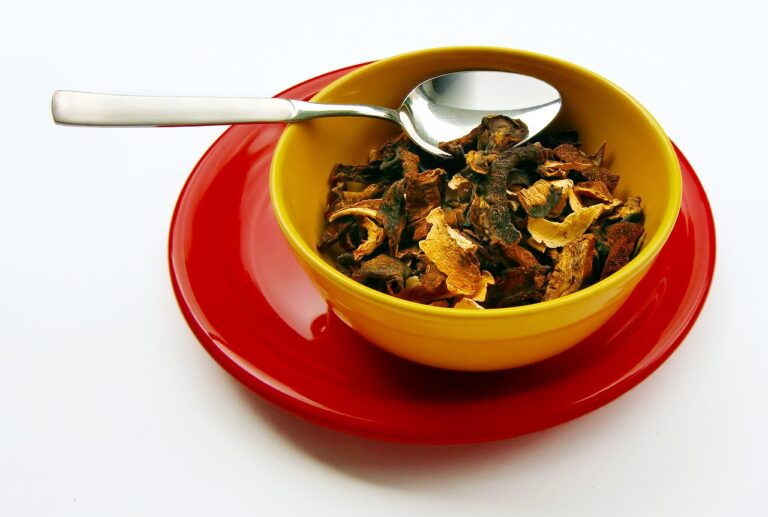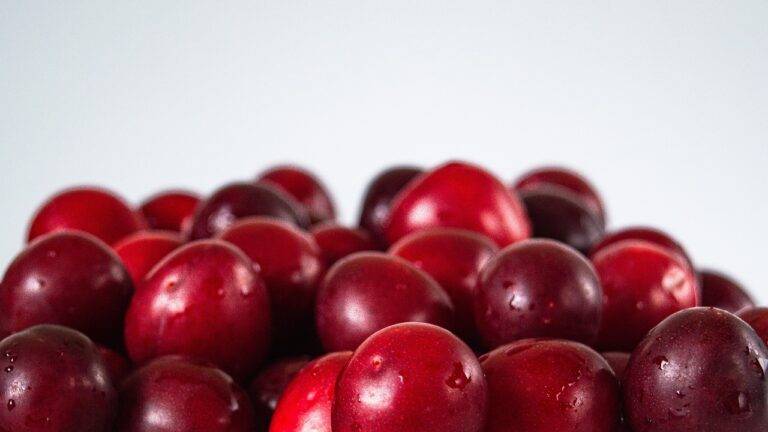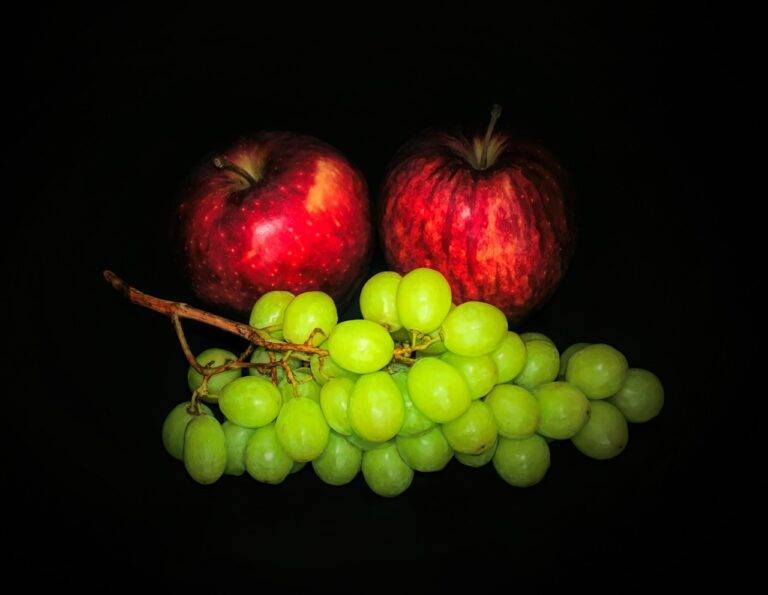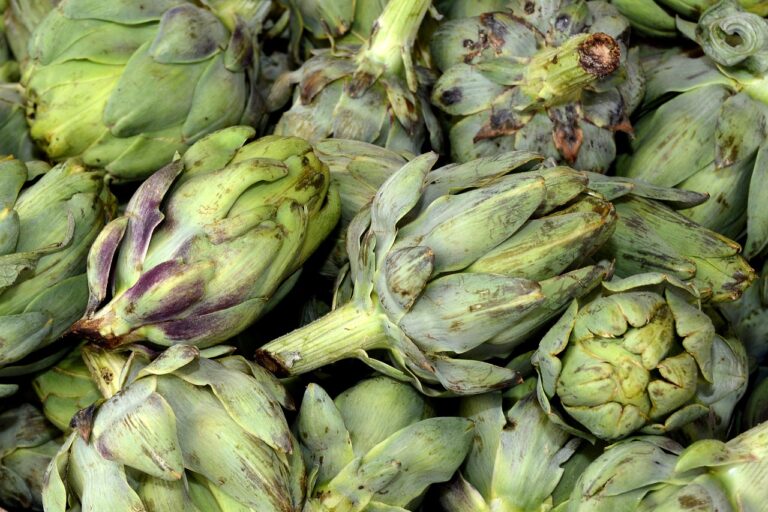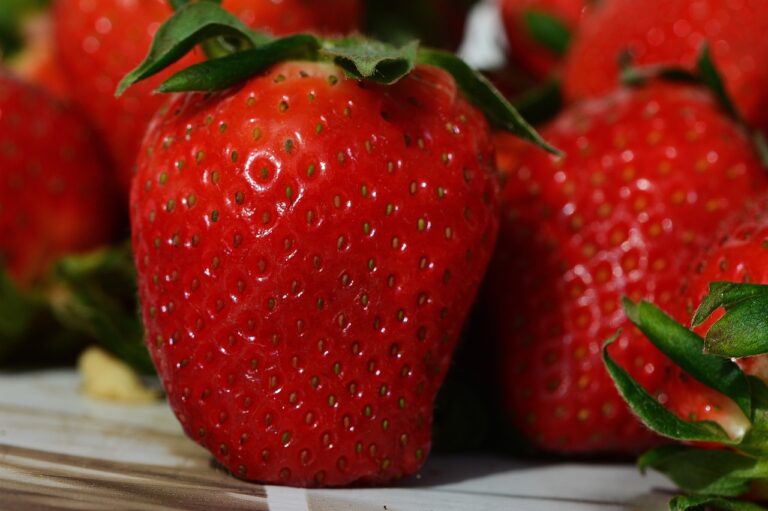Food and Festivals: Exploring Culinary Celebrations Globally
The culinary traditions of various cultures around the world offer a glimpse into the diverse and vibrant practices that shape societies. From the rich spices of Indian cuisine to the delicate flavors of Japanese dishes, each culture’s culinary heritage reflects its history, geography, and beliefs. In Italy, pasta and pizza are iconic dishes that have garnered worldwide acclaim, showcasing the importance of quality ingredients and traditional cooking methods in Italian cooking.
In Mexico, corn is a staple ingredient that forms the basis of many traditional dishes, such as tamales and tortillas. The vibrant and bold flavors of Mexican cuisine are a testament to the country’s agricultural abundance and indigenous influences. In contrast, the simplicity and elegance of French cuisine emphasize the art of cooking with precision and attention to detail, making dishes like coq au vin and bouillabaisse beloved classics in culinary circles.
The significance of food in festivals
Food plays a pivotal role in various festivals around the world. The act of preparing and sharing special dishes during these occasions not only nourishes the body but also feeds the soul. In many cultures, these culinary traditions are deeply rooted in history and cultural beliefs, symbolizing unity, gratitude, and abundance.
During festivals, food serves as a way to connect with one’s heritage and ancestors. The recipes passed down through generations carry with them stories and memories, making each dish a tangible link to the past. In some cultures, certain foods are believed to bring luck, prosperity, or ward off evil spirits, adding a layer of symbolism to the act of eating during festive celebrations.
Unique food rituals during celebrations
During celebrations, food rituals hold a special place in many cultures around the world. These rituals are not just about consuming food but are deeply rooted in tradition and symbolism. From the way dishes are prepared to the specific ingredients used, every aspect of the food ritual is significant in honoring the occasion.
In some cultures, certain foods are believed to bring good luck, prosperity, or health during celebrations. For example, in Chinese New Year festivities, dumplings are a popular choice due to their resemblance to ancient Chinese gold ingots, symbolizing wealth and prosperity for the coming year. Similarly, in Jewish traditions, challah bread is often braided into intricate designs to represent unity and togetherness during important holidays like Shabbat and Rosh Hashanah.
What are some examples of culinary traditions in different cultures?
Some examples include the Chinese tradition of eating dumplings during the Lunar New Year, the Italian tradition of eating panettone during Christmas, and the Indian tradition of making sweets like ladoos during Diwali.
Why is food so significant in festivals?
Food is often used to symbolize cultural identity, bring people together in celebration, and provide a sense of continuity with past traditions. It can also be a way to express gratitude and abundance during special occasions.
What are some unique food rituals during celebrations?
Some unique food rituals include the Japanese tradition of eating mochi during the New Year for good luck, the Mexican tradition of making tamales for Christmas, and the Ethiopian tradition of serving injera bread during religious holidays.
How do these food rituals contribute to the overall celebration?
These food rituals help to create a sense of community and connection with one’s cultural heritage, as well as add a special touch to the festivities. They often involve preparation and consumption of special dishes that hold symbolic meaning for the occasion.

